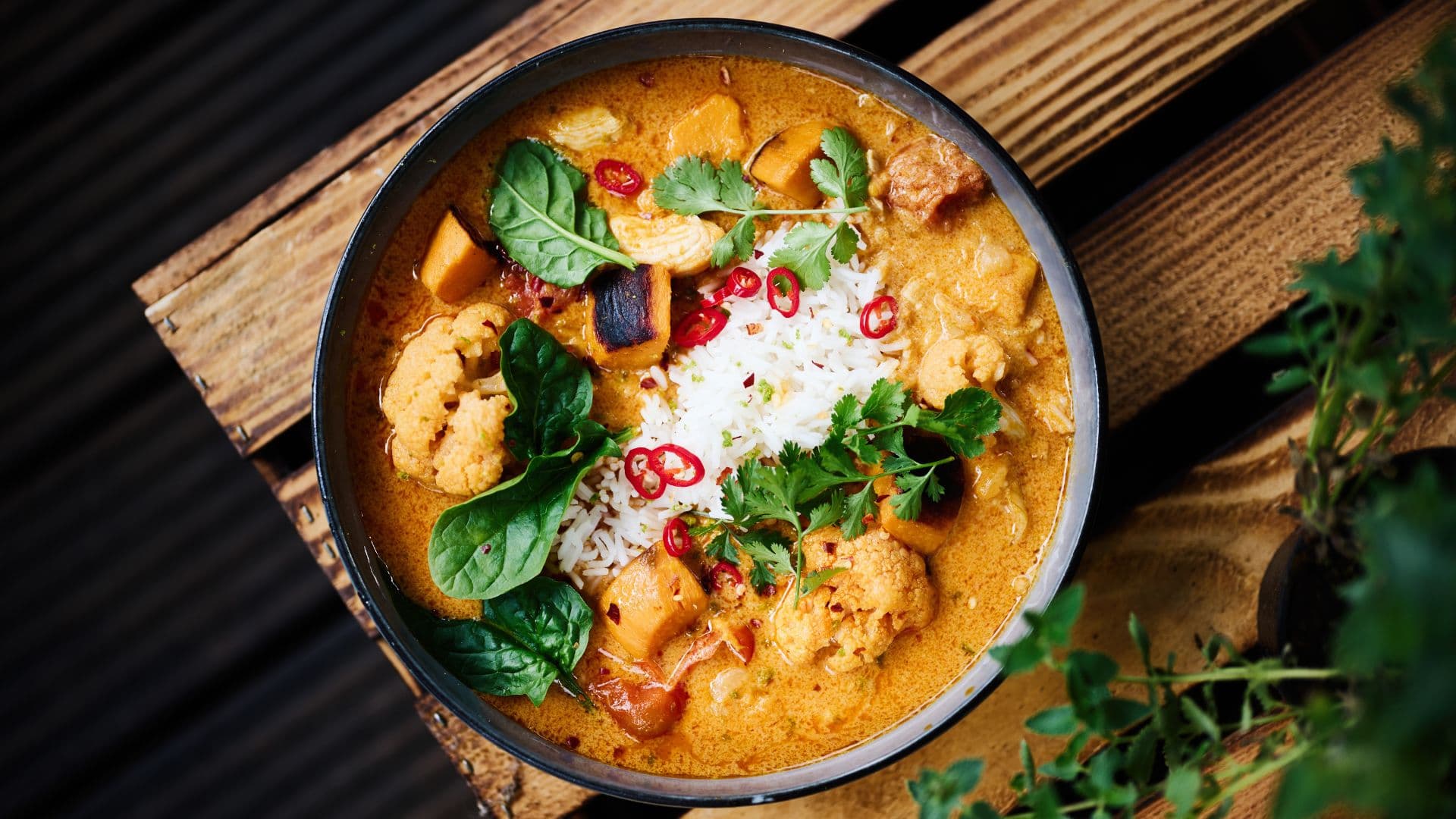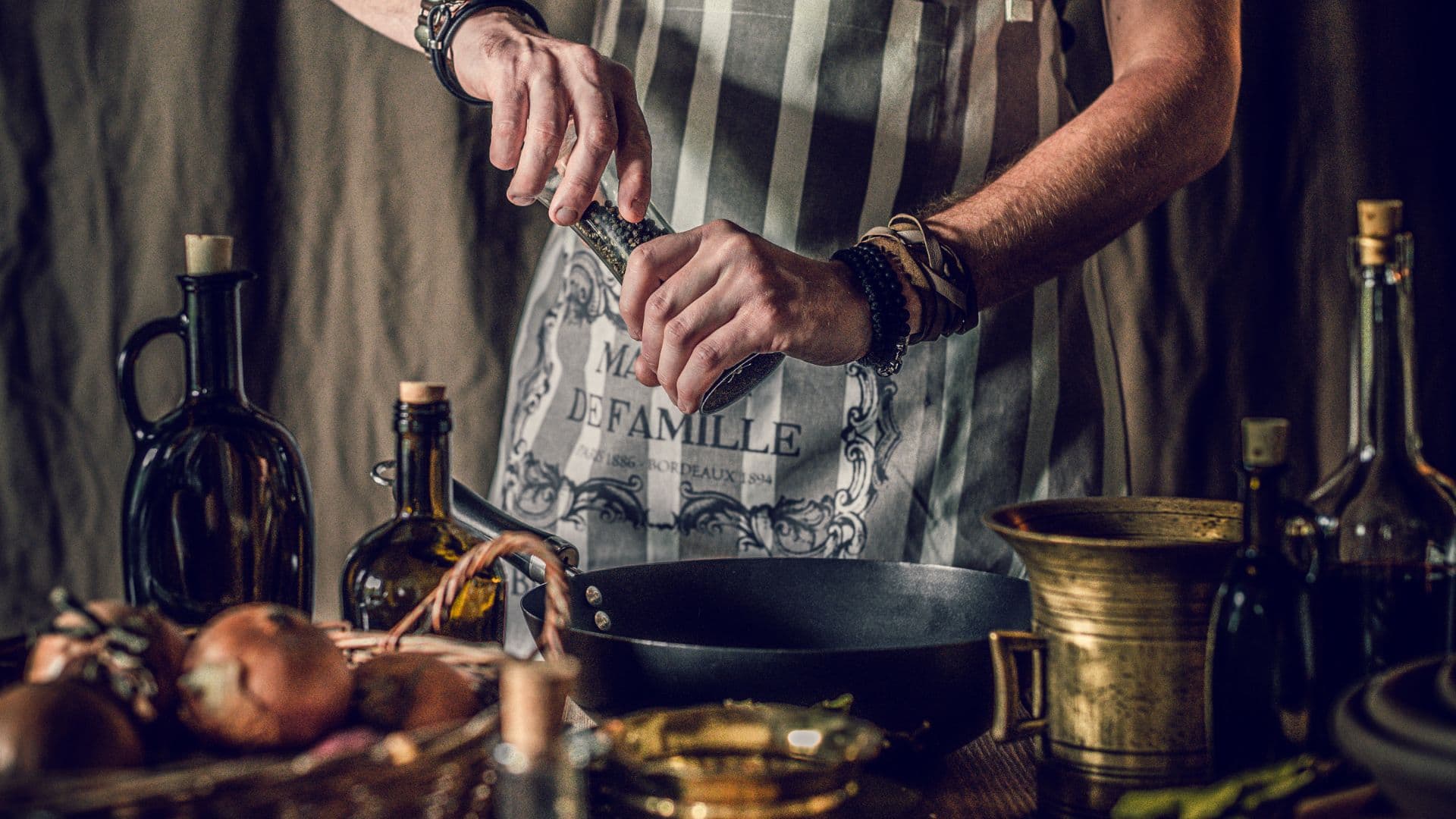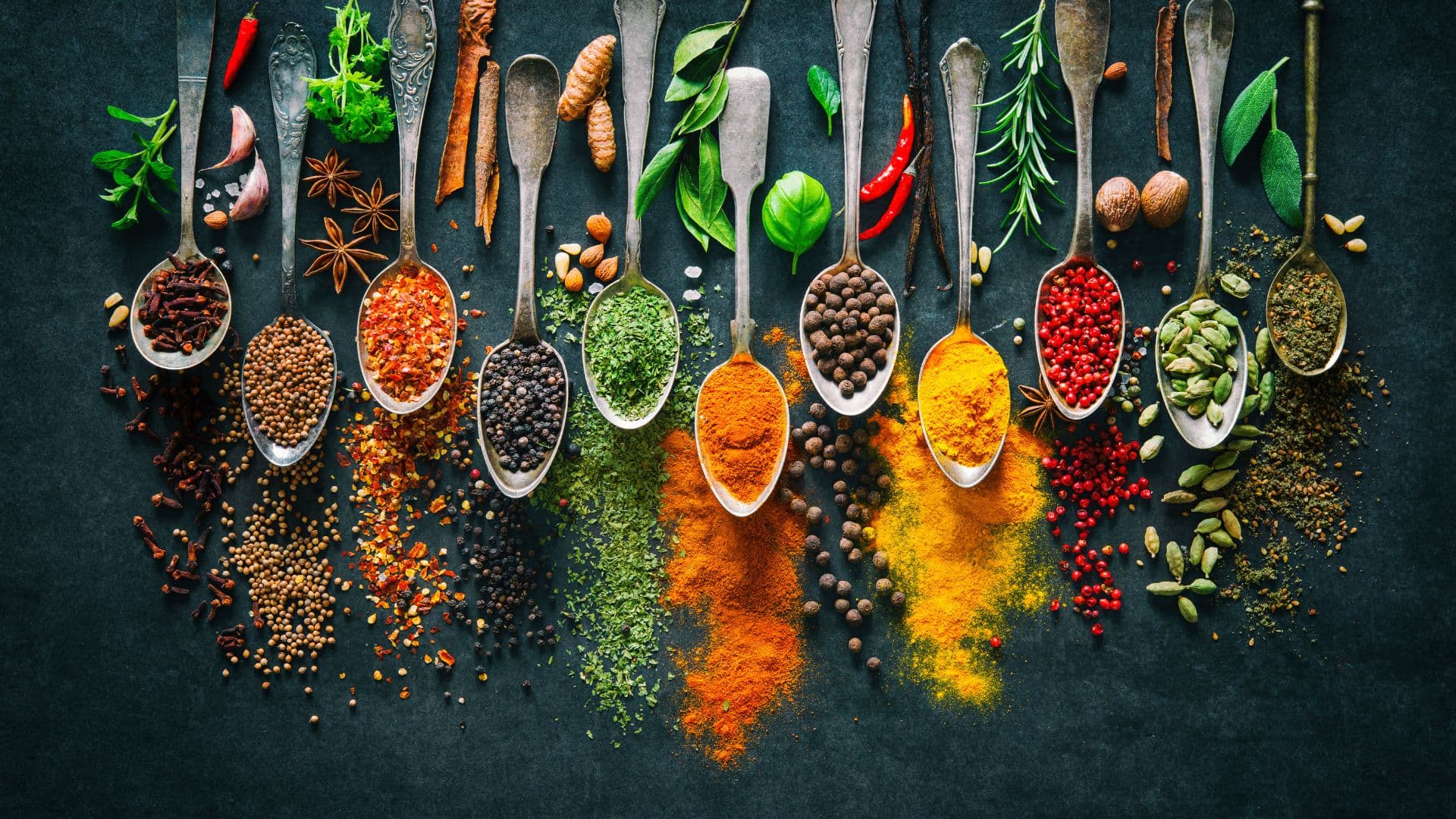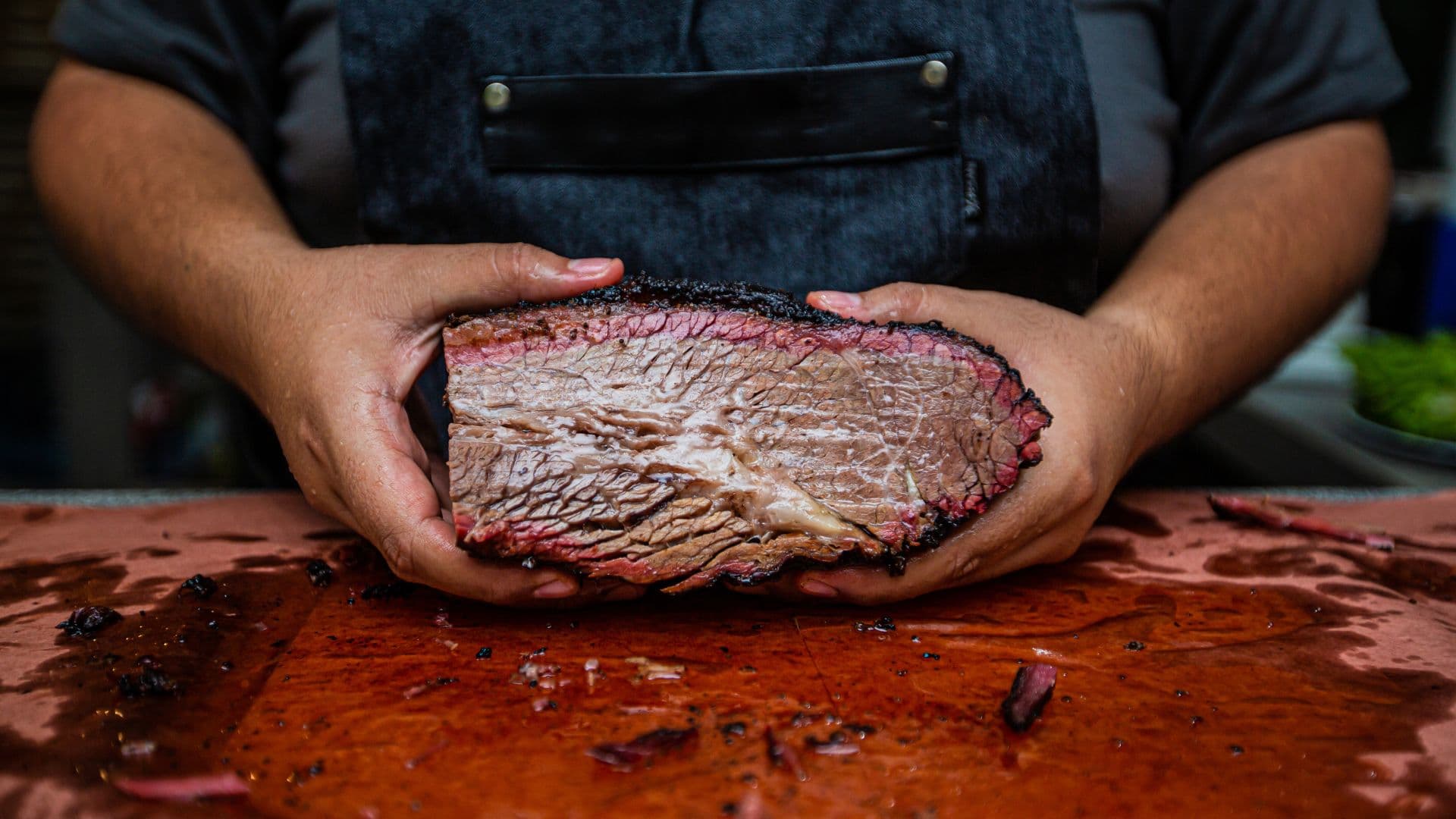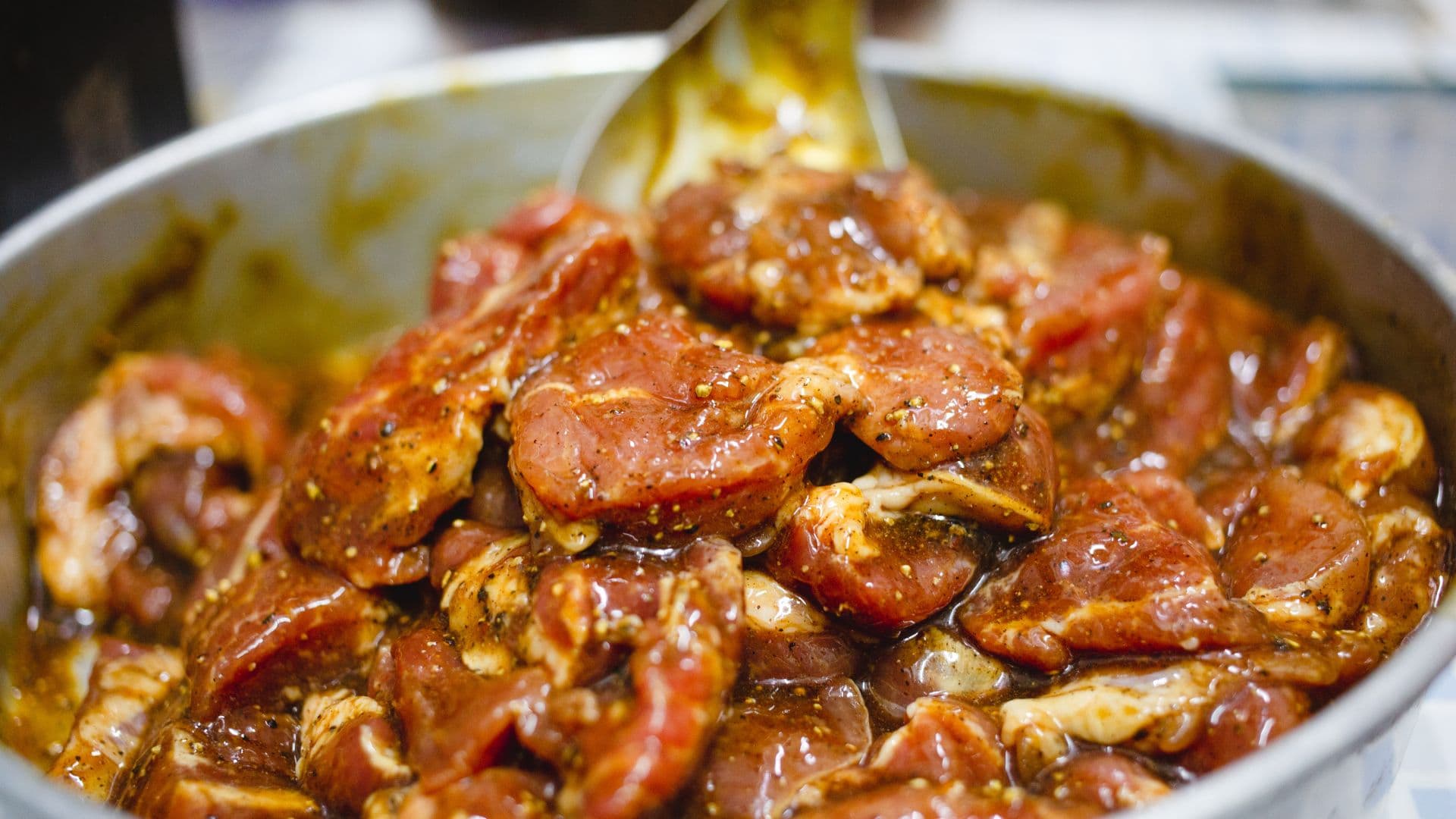Curry
A flexible, modular curry recipe that lets you mix and match pastes, liquids, proteins, and vegetables to create your own signature dish—from mild and sweet to fiery and complex.
Curry is one of the most adaptable and satisfying dishes in global cuisine, with variations spanning from Thailand to India, Japan to the Caribbean. Rather than providing a single recipe, this guide breaks curry down into its fundamental components, allowing you to customize each element to create countless variations.
Understanding curry as a set of modular components liberates you from following rigid recipes. By learning how different curry pastes interact with various liquids, proteins, and vegetables, you'll develop the confidence to create balanced, flavorful curries tailored to your preferences and available ingredients.
This approach embraces the spirit of home cooking, where adaptability and creativity matter more than strict authenticity. Once you understand the principles behind each component, you'll have the freedom to experiment and develop your personal curry style.
Equipment Needed
- Saute pan
- Cutting board
- Chef's knife
